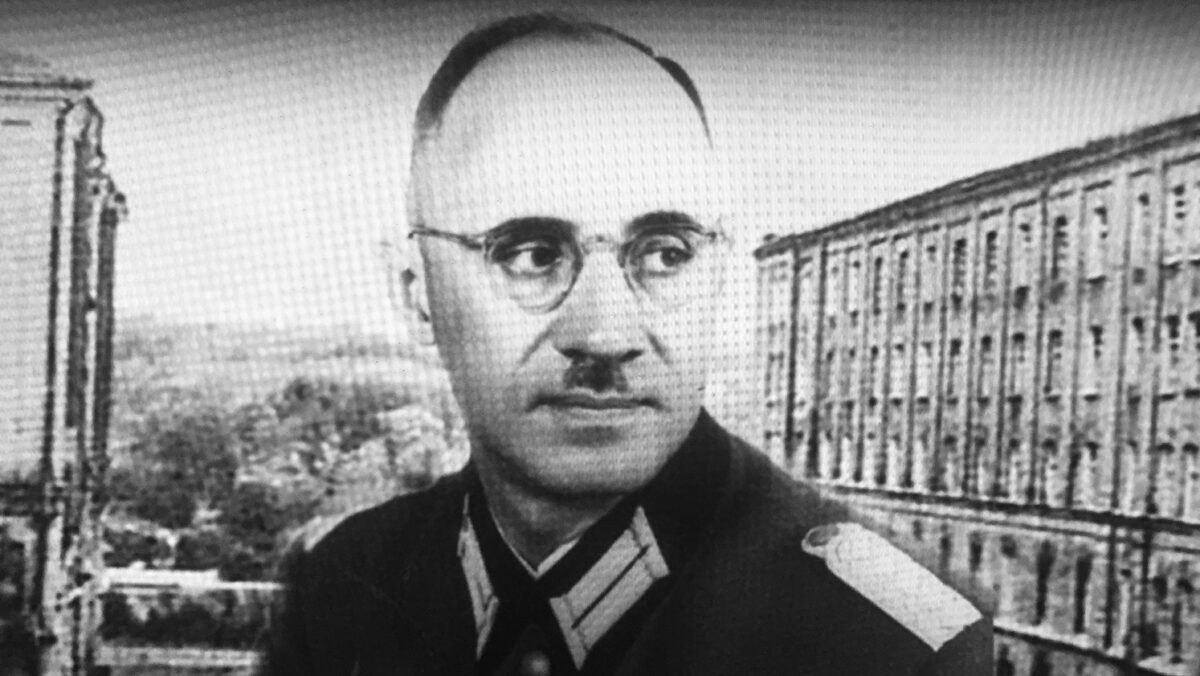The late Karl Plagge was an uncommonly resolute and courageous dissenter. A member of the Nazi Party in Germany, he saved some 250 Lithuanian Jews while stationed in Vilna in the early 1940s. In 2004, Yad Vashem, the Holocaust memorial in Jerusalem, recognized him as a Righteous Gentile.
The Good Nazi, a Canadian documentary broadcast on the PBS network yesterday, celebrates his extraordinary feat of humanitarianism.
A World War I veteran and an engineer born in Darmstadt in 1897, he was a conservative nationalist. He joined the Nazi Party in 1931, two years before the appointment of Adolf Hitler as chancellor. He believed that Hitler could restore Germany’s lost luster.
Opposed to Hitler’s persecution of Jews and skeptical of his hateful race theories, Plagge was soon disillusioned by the Nazis. Nevertheless, he was a patriot who wanted to serve his country.
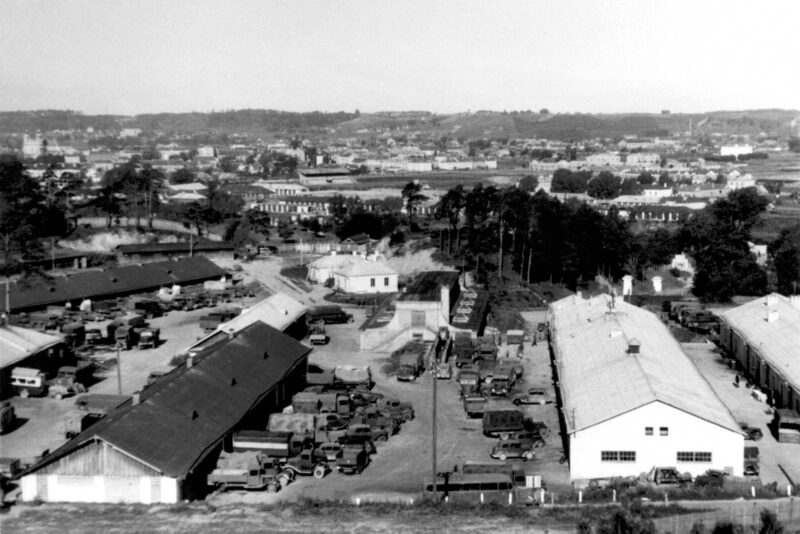
In 1941, following Germany’s occupation of Lithuania, he was posted to Vilna as the manger of the HKP forced labor camp, which was, in fact, a military vehicle repair workshop. Horrified by Nazi atrocities against Vilna’s Jewish population, Plagge — an officer in the German army — decided to rescue as many Jews as possible. He issued work permits to Jewish workers and their families, claiming they were essential to the German war effort.
The Good Nazi is based on Michael Good’s book, The Search for Major Plagge: The Nazi Who Saved Jews. Good’s mother was a survivor of the HKP camp, which was located in a block of apartment buildings and remained unchanged during the postwar era.
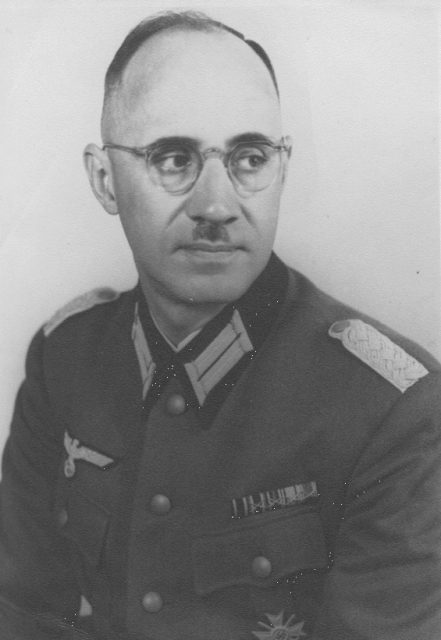
Plagge gathered around him a small group of German officers who shared his distaste of the Nazi regime. They protected their Jewish workers for two years. After Plagge took a leave of absence in March 1944 to visit his family in Germany, the SS police force and Lithuanian collaborators surrounded the camp and rounded up Jewish children, who were murdered. Upon learning of the raid, Plagge felt a sense of deep guilt.
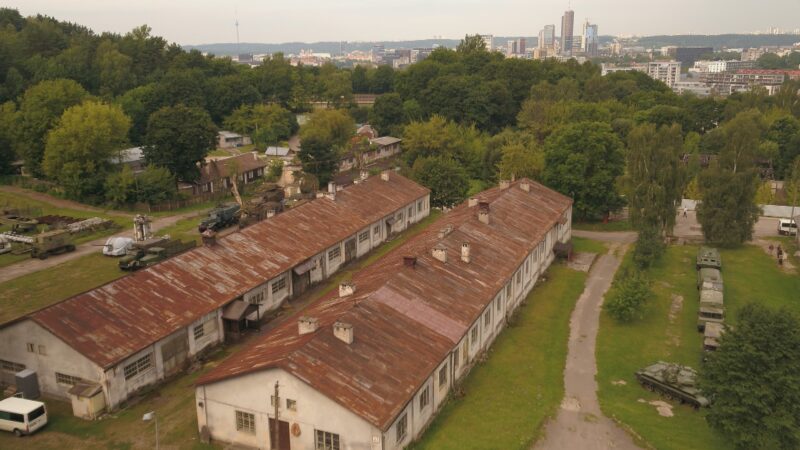
With the Red Army advancing on Vilna in July 1944, he warned the 1,000 Jewish workers in his employ to go into hiding. Those who heeded his advice mostly survived. The Jews who showed up for work as usual were shot in the nearby Ponary forest.
Jews hid themselves under floor boards and in secret rooms, known as malinas. Several of the survivors, the majority of whom live in Israel today, speak of their respective ordeals.
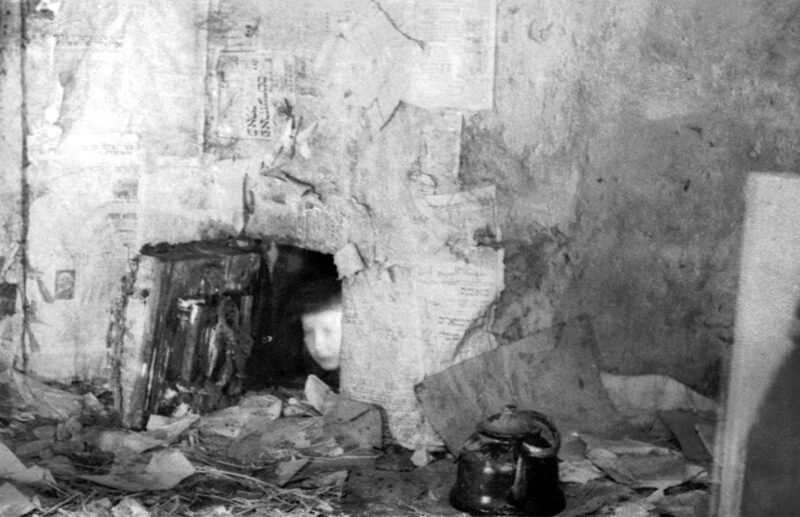
As The Good Nazi unfolds, scientists using drawings made by survivors and high-tech equipment search for the hidden rooms and a mass grave where the corpses of Jews were dumped by the Nazis. Time is of essence because the site has been designated for urban renewal.
Despite his heroic behavior, Plagge was accused of being an accomplice in Nazi war crimes and was placed on trial. Thanks to testimony from people he had helped, he was acquitted.
Plagge, who died in 1957, never spoke about his wartime experiences, thereby depriving Germans of an inspiring story about a decent man who listened to his conscience in the darkest of times. His story proves that one brave and determined person can make a real difference.
